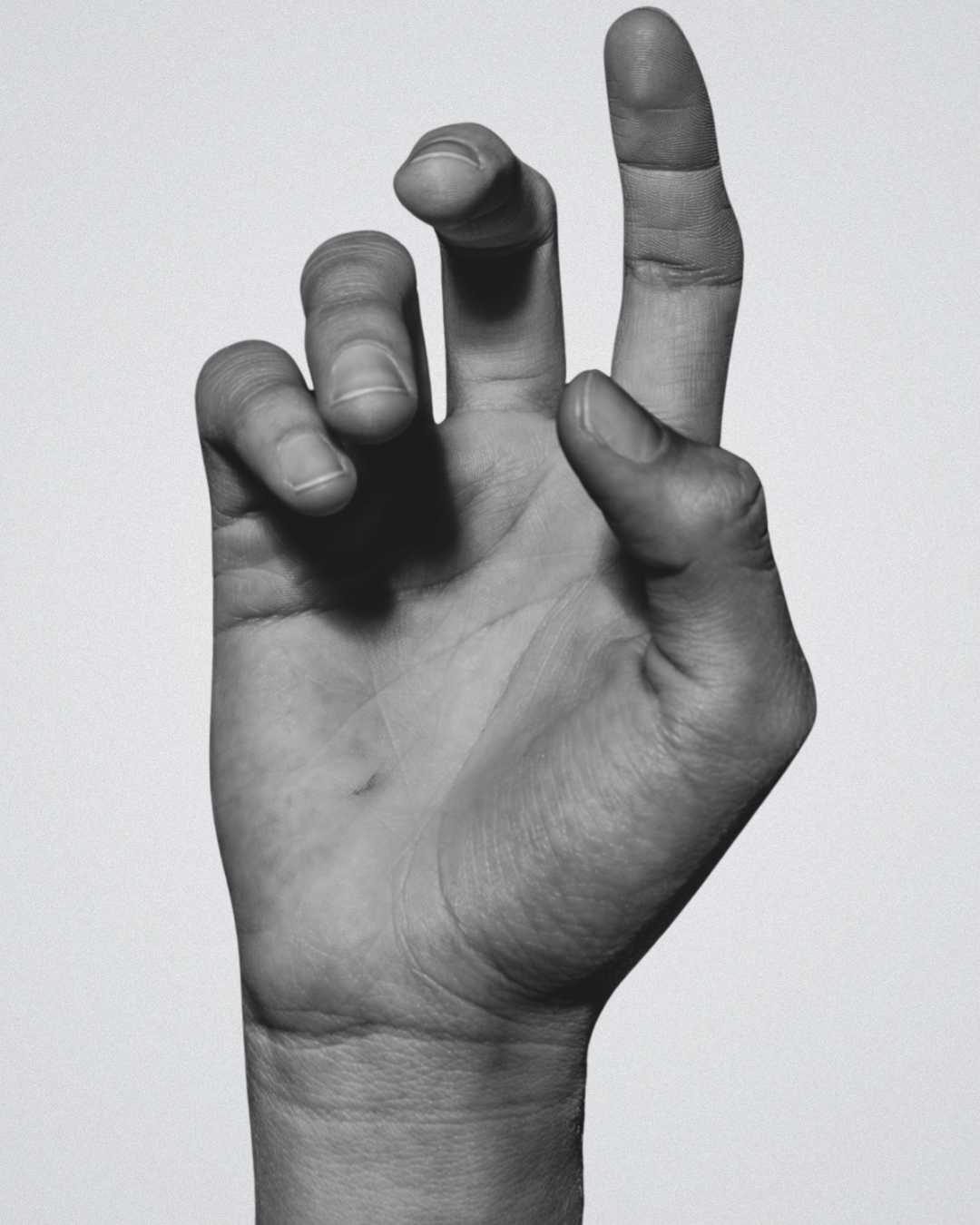Procedures: Hand
Nerve Decompression
Nerve decompression surgery is performed to relieve pressure on compressed nerves in the hand, wrist and elbow, most commonly for conditions like carpal tunnel syndrome and cubital tunnel syndrome. Nerve compression can cause pain, numbness, tingling, and weakness, affecting hand function and quality of life. If left untreated, it may lead to permanent nerve damage.
The procedure involves making a small incision to release the structures compressing the nerve, such as the transverse carpal ligament in carpal tunnel syndrome. This allows the nerve to function properly, restoring sensation and improving mobility. Nerve decompression is typically performed as a day-case surgery under local or general anaesthesia, with minimal downtime. Patients usually experience a significant reduction in pain and numbness, allowing them to regain hand strength and dexterity over time.
Ganglion Cyst Removal
A ganglion cyst is a fluid-filled lump that commonly develops on the wrist, hand, or fingers, often causing pain, discomfort, or restricted movement. While some cysts disappear naturally, persistent or painful ganglions may require surgical removal.
Ganglion excision is minor hand surgery that involves making a small incision to remove the cyst and its stalk, reducing the risk of recurrence. The procedure is usually performed under regional or general anaesthesia, with minimal scarring. Patients can resume normal hand movements within a few weeks, experiencing long-term relief from pain and improved hand function.
Trigger Finger Release Surgery
Tendon and Nerve Repair Surgery
Trigger finger (stenosing tenosynovitis) is a condition where one or more fingers become stuck in a bent position due to inflammation of the tendon within the sheath. This can cause pain, stiffness, and a clicking sensation, making simple tasks difficult. If non-surgical treatments such as splinting or steroid injections do not provide relief, trigger finger release surgery may be necessary.
The procedure involves making a small incision at the base of the affected finger to release the tight tendon sheath, allowing smooth finger movement. It is a quick day-case procedure performed under local anesthesia, with most patients fully recovering within a few weeks. The surgery offers long-lasting relief from pain and stiffness, restoring full function to the hand
The tendons and nerves in the hand are essential for movement, grip strength, and sensation, but they are highly susceptible to injuries from trauma, cuts, or accidents. Damage to these structures can lead to loss of hand function, weakness, or numbness, affecting daily activities.
Tendon repair surgery involves precise suturing of the torn tendon ends to restore movement, while nerve repair may require microsurgical techniques to reconnect severed nerve fibres. In more complex cases, nerve grafts or tendon transfers may be necessary. Surgery is typically performed under regional or general anaesthesia, followed by a structured rehabilitation program to regain function. With expert surgical care, patients experience significant improvement in mobility, grip strength, and sensation.





